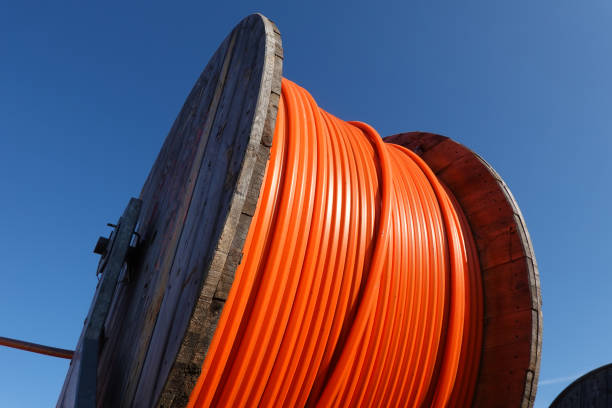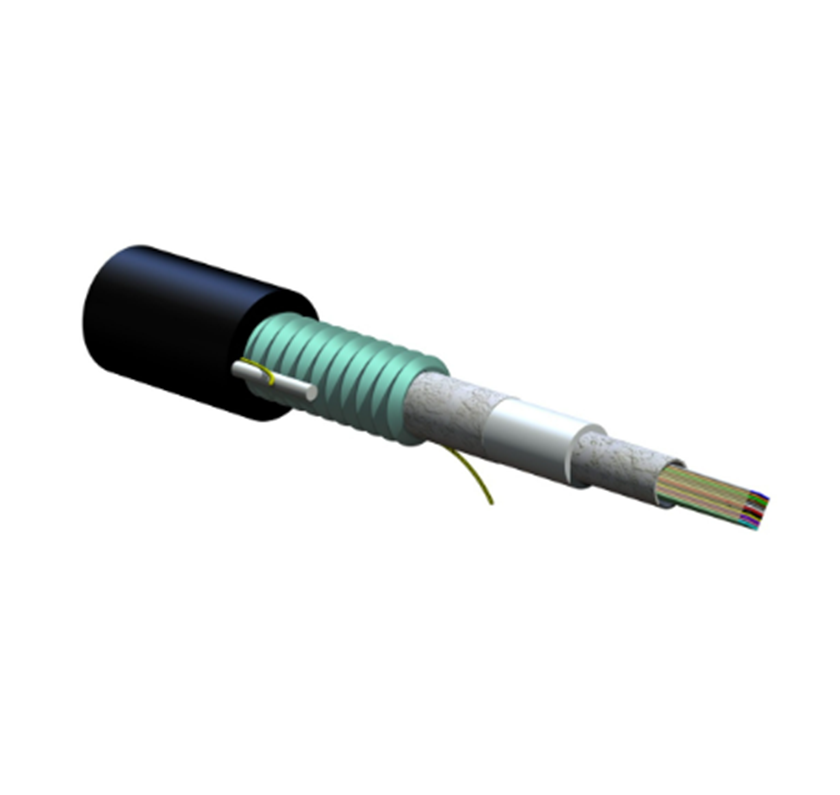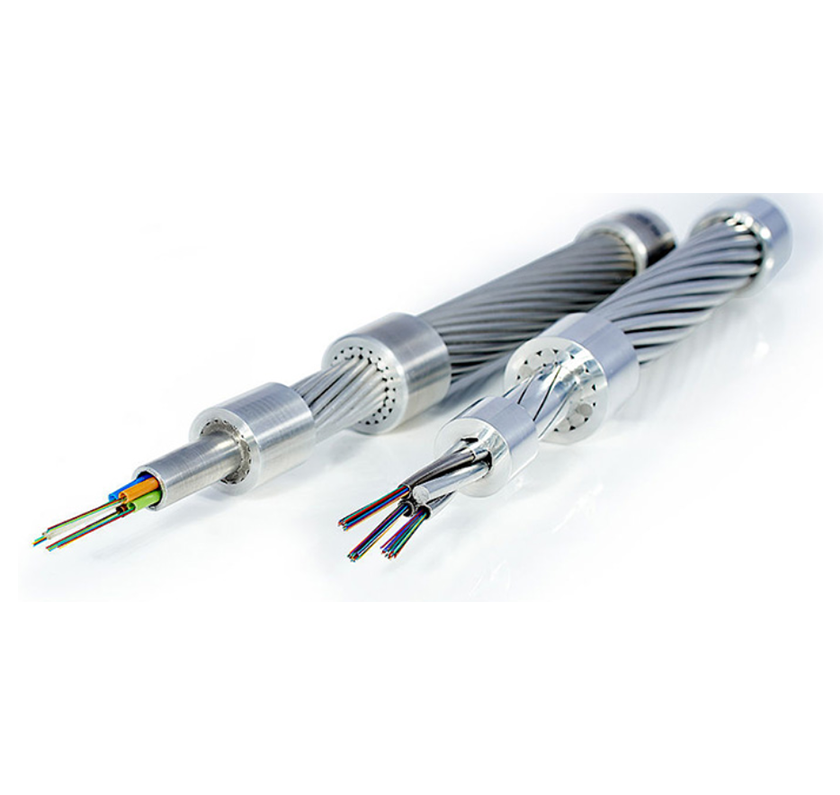Fiber optic cable constructions are available in two main types: Loose tube and tight buffered cable. Loose tube cable is ideal for outdoor environments where extreme environmental conditions play a major role in cable selection. This article will provide some knowledge of loose tube cable.

What is Loose Tube Fiber Optic Cable?
Loose tube fiber optic cable is designed for harsh outdoor environments. The cable protects the fiber core, cladding, and coating by enclosing everything within semi-rigid protective sleeves or tubes. In loose-tube cables that hold more than one optical fiber, each individually sleeved core is bundled loosely within an all-encompassing outer jacket. In addition, many loose tube cables have a water-resistant gel surrounding the fibers. This gel helps protect the fibers from moisture, making the cables ideal for harsh, high-humidity environments where water or condensation can be a problem. The gel-filled tubes can expand and contract with temperature changes, too.
In a loose tube construction, the fiber is laid hectically into semi-rigid tubes, allowing the cable to stretch without stretching the fiber itself, which can protect the fiber from tension during laying and due to temperature changes. Loose-tube fiber may be dry-block or gel-filled. Dry block offers less protection to the fiber than gel-filled, but costs considerably less.
One to 12 fibers are placed in individual, water-blocked buffer tubes to isolate them from external forces and are typically stranded around a fiberglass central strength member to provide additional strength and resistance. A loose tube cable typically will hold up to 432 fibers in total within these tubes.

Features and Benefits
Loose tube cable provides stable and highly reliable optical transmission features over a wide temperature range. In addition, loose tube cables provide greater protection for the fibers under tension, are extremely temperature-resistant, have UV Protection, protect the fibers from moisture with water-blocking tape, small diameter, lightweight and easy installation.
Applications
Loose tube cable is typically used for outside-plant installation in the aerial, duct, and direct-buried applications, local area networks (LAN), metropolitan area networks (MAN), wide area network(WAN), long-haul and broadband network, telecommunications,campus backbone, data center, CATV, broadcast, computer network systems, subscriber network systems,10, 40, 100Gbps ethernet, and more.
Conclusion
Loose tube cables provide stable performance over a wide temperature range and are compatible with any telecommunications-grade optical fiber. Furthermore, loose tube Cable offers the best protection for the fibers under high pulling tensions and can be easily protected from moisture with water-blocking gel or tapes.Sun Telecom provides all Loose tube cable products and solutions to the global market.


 Position :
Home>
News & Tutorial
>Products
Position :
Home>
News & Tutorial
>Products


 Position :
Home
>Products
Position :
Home
>Products







 ics@suntelecom.cn
ics@suntelecom.cn  +86 18964888554
+86 18964888554 Building No.145, Lane 666 Xianing Road, Jinshan Industrial Zone, Shanghai 201506, China
Building No.145, Lane 666 Xianing Road, Jinshan Industrial Zone, Shanghai 201506, China